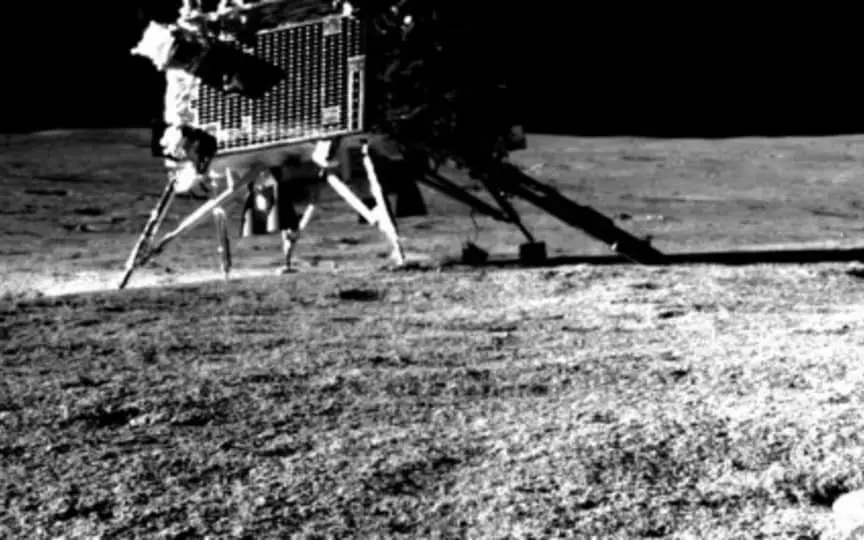Pragyan Rover Captures First Image of Vikram Lander, Discovers Sulphur on Moon During First Week of Exploration
After successfully landing on the south pole of the Moon on August 23, India’s Chandrayaan-3 mission celebrated its triumph. Both the Vikram Lander and Pragyan Rover accomplished the touchdown, making India the fourth nation to achieve this feat and the first to reach the Moon’s south pole. Shortly after the landing, the Pragyan rover emerged from the lander and began its exploration, conducting experiments to enhance our understanding of the region. Recently, the rover discovered Sulphur on the Moon and captured the first-ever image of the Vikram Lander resting on the lunar soil. Let’s delve into the accomplishments of the Pragyan rover and Vikram Lander since their arrival.
The south pole of the moon is a special zone. This is the first time the mission has arrived there and is conducting experiments. This means that each new discovery is historic and groundbreaking for the astronomy community. On the first day after moving down the ramp, Pragyan had to go through a series of tests to make sure it was working properly and could be controlled remotely. Then the investigation began.
The first report came from the Vikram Lander that the temperature on the surface of the Moon was much higher than previously expected. According to Chandra’s Surface Thermophysical Experiment (ChaSTE) payload, the Moon’s surface temperature in the polar region is about 70 degrees Celsius, while scientists had believed it to be somewhere between 20 and 30 degrees.
Pragyan rover finds sulfur on the moon
A major milestone was achieved yesterday when ISRO’s official X account revealed that Pragyan was conducting an in situ experiment. The message said: “The laser-induced breakdown spectroscope (LIBS) on board the rover unequivocally confirms the presence of sulfur (S) on the lunar surface near the south pole with the first in situ measurements”.
In addition, aluminum, calcium, iron, chromium, titanium, magnesium, silicon and oxygen were also found. Although all of these elements were already known to be on the Moon, their presence at the South Pole and their concentration may give us a much better understanding of the Moon’s origin and evolution.
Vikram Lander’s first image on the Moon
On a lighter note, Pragyan has also clicked the first picture of the Vikram Lander on the Moon. ISRO released the image and said, “The Pragyan Rover snapped a picture of the Vikram Lander this morning. The ‘mission picture’ was taken by the Rover’s navigation camera (NavCam). LEOS (Laboratory for Electro-Optics Systems) has developed the NavCam cameras for the Chandrayaan-3 mission.”
It should be noted that the entire Chandryaan-3 mission lasts for one lunar cycle, which is about 14 days. This means that half of the task is completed at this point. The reason for such a short mission is that Pragyan runs on solar energy and after this week the area will not get sunlight for some time when the mission will end. ISRO has not ruled out the idea of reviving the rover and lander in the future.




